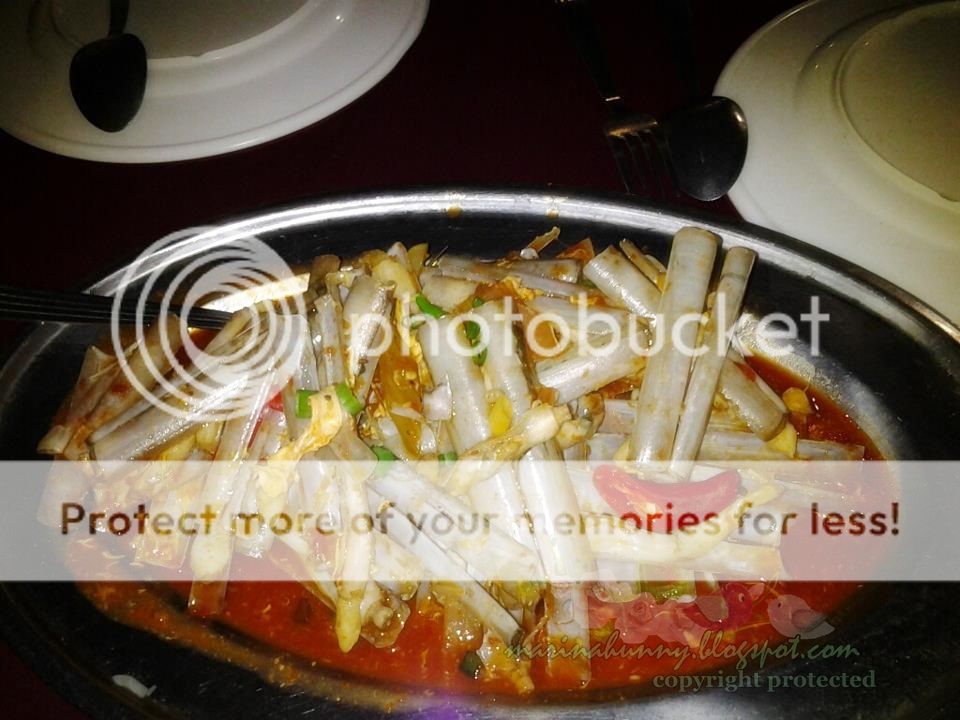|
|
tutup sb teknikal prob..
|
|
|
|
|
|
|
|
|
|
|
|
ada pegi.. ada x.. kalo x n wat kat umah je..
|
|
|
|
|
|
|
|
|
|
|
|
raya ni intan balik kg ke?..
|
|
|
|
|
|
|
|
|
|
|
|
Edited by ip_lepat at 9-7-2015 02:27 PM
 |
|
|
|
|
|
|
|
|
|
|
|
Edited by ip_lepat at 9-7-2015 02:28 PM

|
|
|
|
|
|
|
|
|
|
|
|
wa rasa ok semua..
kita tggu camne
|
|
|
|
|
|
|
|
|
|
|
|
baiklah. harap-harapnya okay.
|
|
|
|
|
|
|
|
|
|
|
|

apa ya tu..?
tudung tak beli lagi.
|
|
|
|
|
|
|
|
|
|
|
|
nnti buka balik x thread tu 
|
|
|
|
|
|
|
|
|
|
|
|
N rajin, tan klu wt kt rmh alamat tidor je la jwbnye
|
|
|
|
|
|
|
|
|
|
|
|
aha balik raya kedua
abah tan sibuk nk blk kg
|
|
|
|
|
|
|
|
|
|
|
|

1.Red-Lotus of Tatsuta
It is said that this flower was first planted in a rice paddy in front of the gates of the Yonanji Temple in Togura Village by Chief Priest Ryuten Hirano during the Tempo era of the Edo Period. This flower has about 18 petals. The tips of the inner petals are peaked and one or two of these tips are deformed. The flower is deep-red in color, has distinct striations, and its most distinguishing feature is its receptacle that turns an earth-tone color. The springy taste of the root is exquisite and biting into the root gives rise to a sticky texture and deeply spicy flavor.
|
Rate
-
1
View Rating Log
-
|
|
|
|
|
|
|
|
|
|
|

2.Lotus of Lace Gem
This is a peony-type double-flowered variety that has around 120 petals. The inner petals are thin and some stamens transform into a form similar to a white fingernail. The pistils protrude above the petals and many are deformed. The flower is deep red in color. The striations are somewhat distinct. The flower measures about 20cm in diameter. The flowering season extends from mid-July to early-September. Flower production is good. The leaf and flower stems measure 1.0m in length. The leaves are about 35/30cm in size. The leaf’s surface is slightly coarse to the touch. The Lotus of Lace Gem, which has been cultivated at Toshodaiji Temple since olden times, is also known as Shodaiji Hasu (Shodaiji Lotus).
|
Rate
-
1
View Rating Log
-
|
|
|
|
|
|
|
|
|
|
|

3.Red-Lotus of Yohzan
A single seed sent in by Mr. Yuji Sakamoto, a high school teacher in Wakayama Prefecture, took root in Hayao Village and was later planted in the preservation field. This variety is a lotus flower and stands on an extremely strong and tall stem compared with other varieties and has about 25 petals. The flower is deep red in color and has distinct striations. The red color of this variety is classified in the deep red color category of the lotus flowers.
|
Rate
-
1
View Rating Log
-
|
|
|
|
|
|
|
|
|
|
|

4.White-Lotus Named Kaga
This variety was transplanted as an edible species from Okayama to Tatsuta-mura in 1970. The flower is white in color. With only a few petals, this variety leaves an unspectacular impression and is rarely planted by lotus enthusiasts.
|
Rate
-
1
View Rating Log
-
|
|
|
|
|
|
|
|
|
|
|

5.Lotus White
This lotus is one of the Chinese varieties. This variety blossoms somewhat earlier than the Bitchu variety and is more disease resistant than the Bitchu. The internodes are short, display a high level of swelling corpulence and each node is arranged and connected in a linear fashion. The flower bud initiation of the lotus roots is high. This variety is shallow-rooted and has a high-yielding ability. The petals are white and single-petaled. Since they do not have much potential as a lotus flower, they are not cultivated as a product for sale. After comparing this lotus with varieties from other areas at the Lotus Research Society, they have been shipped since 1989 as “Lotus White”.
|
Rate
-
1
View Rating Log
-
|
|
|
|
|
|
|
|
|
| |
|